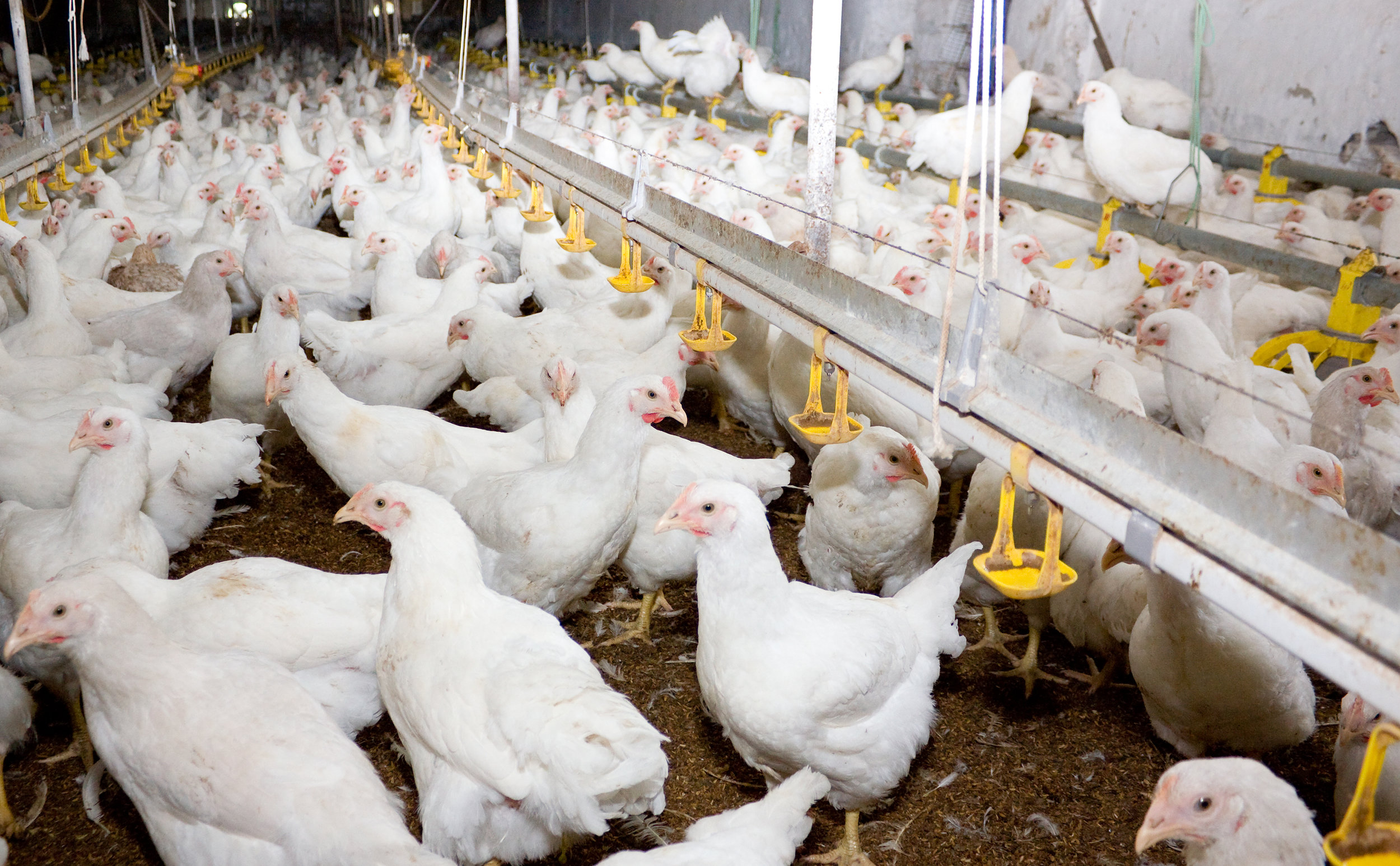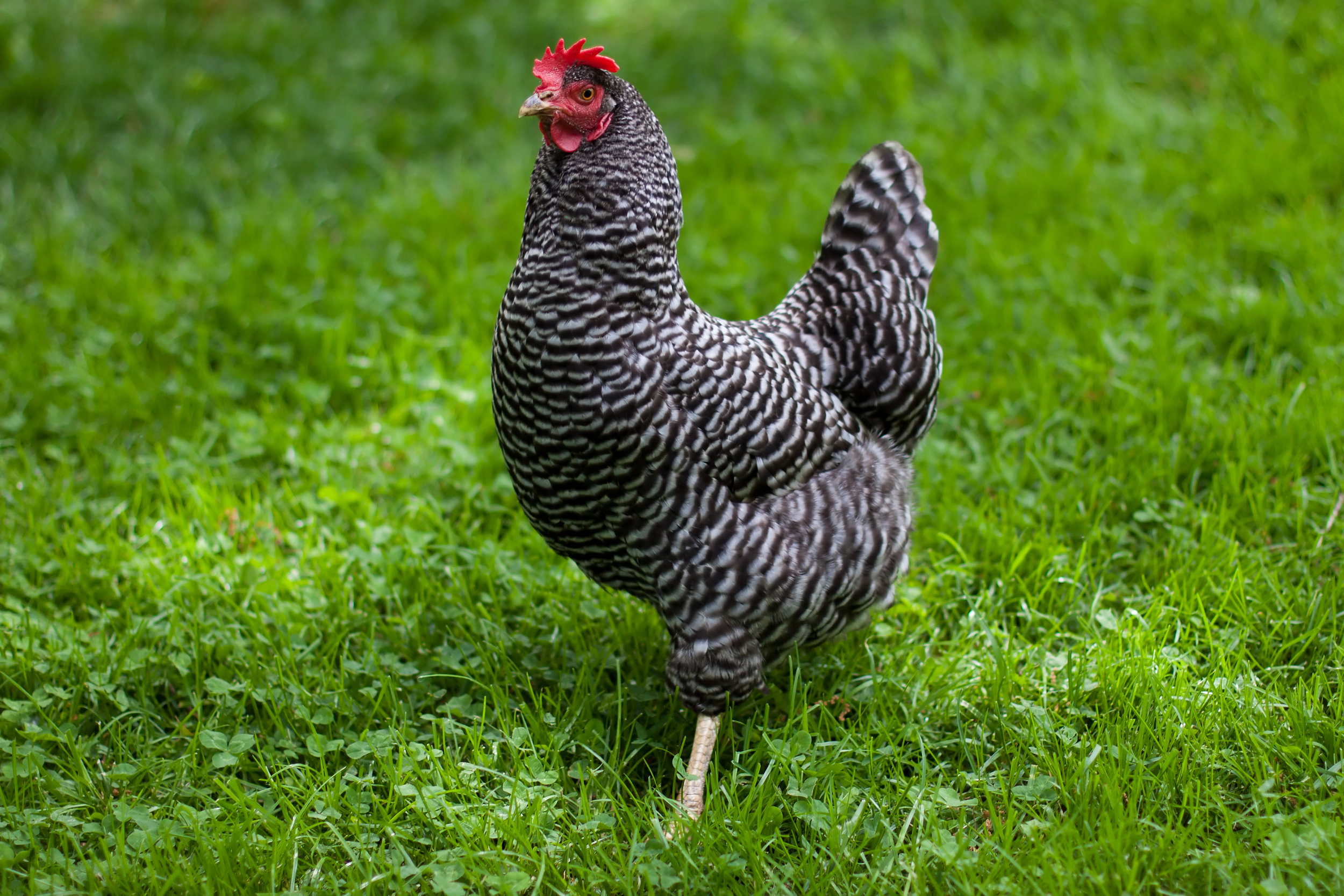Poultry - Farm-to-Table
Poultry includes chickens, turkeys, and domestically raised ducks and geese. Chicken varieties include fryers, roasters, poussin, capon, and Rock Cornish game hen. Other game birds include pheasant, quail, squab, and ostrich. Poultry are also raised for their egg production which is discussed here. Poultry offal includes livers, chicken and fattened duck and goose liver, known as foie gras, used either fresh or in charcuterie preparations.
Poultry From Farm-To-Table
Conventional poultry farming methods employ CAFO’s similar to the meat industry. Some poultry, including chickens and quail, are raised in battery cages, while floor raised methods are also used for chickens, turkeys, ducks, and geese. Chicken grow-out houses can hold as many as 20,000 birds. Poultry are raised on a diet of grains, including corn, wheat, and barley, which helps them to gain weight rapidly. Hormones are not allowed when raising poultry but antibiotics can be used as a preventative measure or to treat diseases. Poultry that has been designated as free range must be allowed access to the outdoors. Heritage breeds of chicken are leaner, less meaty, and often kept for egg laying purposes.
Poultry Processing
Poultry processing is highly automated with some operations handling thousands of birds a day. Some plants use water chilling to reduce the temperature of the birds quickly, and others use an air chilled method that inhibits the spread of bacteria, saving water during processing, and producing a superior tasting bird. Chickens are fabricated as whole dressed birds, but more often are cut into parts including wings, bone-in or boneless breasts, legs, and thighs. Fresh poultry traditionally was packed and shipped on ice but today it is packaged using Modified Atmosphere Packaging (MAP) including carbon dioxide(C02) to reduce spoilage and extend the shelf life from an average of 4-7 days to 10-21 days.
Inspection and Grading
Poultry wholesomeness labels are tagged to the birds or stamped on the packaging similar to meats. The USDA uses a letter grading system to determine quality in chicken, turkeys, ducks, and geese under a voluntary program. Standard poultry grades are A, B, C with the highest quality being an A grade sold to most foodservice operations.
Poultry Storing and Aging
Fresh poultry should be stored between 40°F/4.4°C and 26 °F/-3.3°C. Because poultry is a TCS food, place on ice while fabricating to keep it cool. White meat birds, including chickens and turkeys, are not aged for extended lengths but are often brined to add moisture and flavor. Game birds including ducks and geese can be dry aged from 3-10 days to tenderize the texture and mellow the taste.
Poultry Composition
Poultry has a similar composition as meat with about 75% water, 20% protein, 5% fat, along with a small amount of nutrients. Breast meat will be leaner than the leg and thigh area of the animal, and some species, including ducks and geese are all dark meat and contain more fat. Chicken and turkey are considered healthier alternatives to red meats because they have less cholesterol and saturated fats.
Purchasing Specifications for Poultry
The Meat Buyer’s Guide published by the National Association of Meat Purveyors (NAMP) has established a poultry numbering system to identify various classes and specifications of fabricated cuts of poultry birds. This numbering system helps to avoid confusion when determining specifications when purchasing.
Plymouth Rock Chicken
Rhode Island Red











